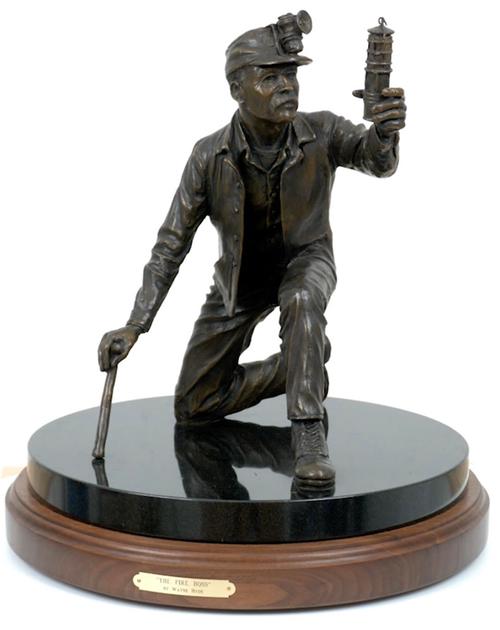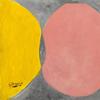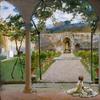Wayne Hyde
- September 07, 2021 09:41

Contemporary sculptor Wayne Hyde was born and raised in the Allegheny Mountains, near Bedford, Pennsylvania. His early experiences in rural Bedford, County, led to his interest in the careful study of nature and its inhabitants. His passion for wildlife and their natural surroundings, in conjunction with his exacting eye for detail results in accurate and detailed bronze sculptures of North American wildlife. In addition to his wildlife bronzes, Wayne Hyde also creates bronze sculptures and large-scale monuments commemorating historical figures and events. He conducts extensive research to ensure historical accuracy in the portrayal of the subject, costume, armaments (as appropriate), as well as the environmental and historical setting. Large commissioned sculptures include Sam Houston, "You Shall Hear of Me" (Maryville, TN); Staff Sergeant Robert W. Hartsock, "Watching over Heroes and Friends", Vietnam War Memorial, (Bedford, PA); "A Letter from Home", World War II Memorial (Bedford, PA); U.S. Representative John Murtha Memorial (Johnstown, PA); "142nd Volunteer Infantry", Civil War Monument (Somerset, PA); "A Hero's Prayer", Vietnam Veteran's Memorial (Canby, OR); "The Homecoming", Revolutionary War Memorial (Chambersburg, PA); "Bushy Run Battle", Colonial Indian Wars (Jeannette, PA); "That Others May Live", Larry Maysey Vietnam War Memorial (Chester, NJ); "They Stood Tall", Civil War Era Monument (Clinton, MO); " and "Lincoln – The Final Summation" (Knoxville, TN). Another commissioned sculpture is "The Charge", Royal Canadian Mounted Police, which a maquette (a small, preliminary model) of the statue was gifted to Queen Elizabeth II by the Royal Canadian Mounted Police Foundation – Her Majesty was reportedly delighted with the gift. Wayne uses the "lost wax" casting method to create the final bronze piece. He firsts sculpts a small-scale clay version, his "visual model", followed by sculpting of the full-size version, an exacting process that can take up to six months for his large sculptures. The clay model is then then transported to the foundry and additional steps are followed to cast the actual bronze.
















100x100_c.jpg)




